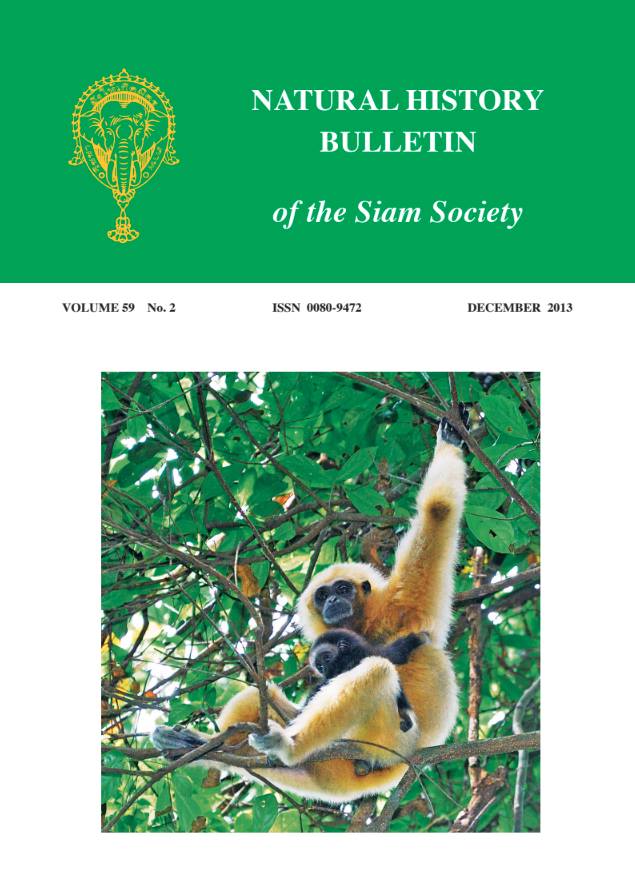Community Attitudes Toward Protected Areas in Thailand
Main Article Content
Abstract
Local people’s attitudes toward protected areas and the biodiversity they safeguard are essential for conservation success. Consequently, local people need to be included in conservation decision making. Our case study investigates local village residents’ understanding of wildlife, and how this understanding shapes their conservation attitudes and perceptions toward protected areas in Thailand. We conducted verbal interviews of 791 people in 34 villages around seven protected areas. Respondents who lived close to a protected area with more formal education had a higher ability to correctly identify photographs of wildlife. Contact with rangers was not strongly correlated with people’s wildlife knowledge or conservation attitudes. In open-ended interviews, people frequently said they believe wildlife should be conserved for the next generation. Our interview surveys provided information that can help inform conservation decisions by protected area managers. For example, local residents often are more keenly aware of existing human–wildlife conflict as exemplified by our interviews at Samran Wildlife Sanctuary and Khao Yai National Park. As seen at Dong Yai Wildlife Sanctuary, local residents can also provide useful information about the severity of poaching. Our research demonstrates the usefulness of actively encouraging local communities to participate in protected area conservation. This can only be achieved, however, if protected area staff, as well as local non-government organizations, collaborate with the communities.


